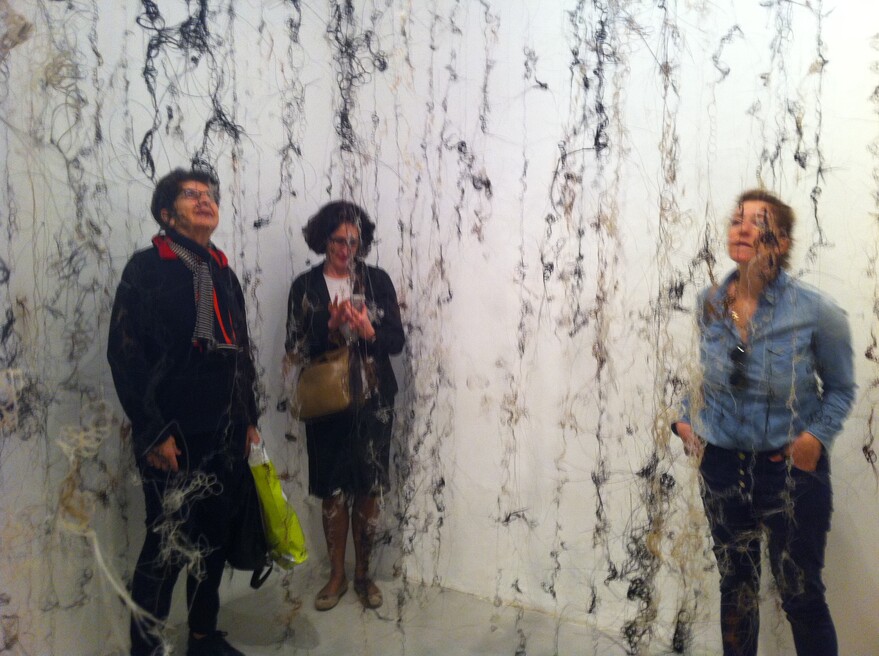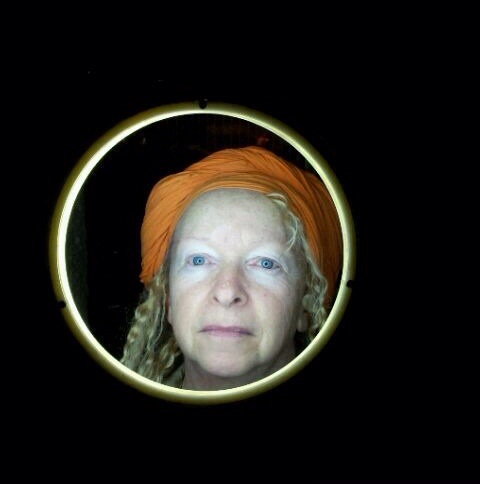Belle Shafir
Bereich: Klangkunst, Installation
Key Facts
Nationalität
Israel, DeutschlandBereich
Klangkunst, InstallationWohnort
Tel AvivEmpfehlende Institution
freiraum quartier21 INTERNATIONALZeitraum
Mai 2015 - Mai 2015Multidisciplinary artist, Belle Shafir, was born in Germany and has been living in Israel since 1972. For over two decades, she has been actively pursuing art in Israel and abroad. The bulk of her work is process-oriented and characterized by a thematic variety that merges the global and the personal.
In the early 2000s, she began dealing with issues that concern man’s interference with the natural order through genetic enhancement and cloning. The tiny pieces she created during that period address man’s inability to notice disruptions and deal with the harmful consequences of his actions. This artistic move has led her to examine her own identity, split in many ways and ridden with conflict, oscillating between cultures. Looming above it all, like a dark cloud, was the fact of her being the daughter of Polish holocaust survivors, who had immigrated to Germany at the end of World War II. Dealing with identity brought up some alarming memories which, previously silenced, were now piling one on top of the other. The essence and deceptive nature of memory became central motifs in her work. Knitted chains made from horse-hair taken from the family farm in Germany, reminiscent of damaged DNA sequences, were the first appearance of this theme in her art. Shafir later used the same hair to knit tiny spiders that resonated with Louise Bourgeois’ “Maman”.
During the recent year, Shafir began to process the family collection of photographs, which has since become a Pandora’s Box for her. She recovers images from its depths and confronts them by placing them on sheets of parchment, hoping to retell the story of her own life, and try to come to terms with the interrupted story of her family.
“War Horses” – Belle Shafir
In this particular project, Shafir tackles the exploitation of horses in times of war in general and in World War I, in particular. The issue is addressed from the viewpoint of one who sees horses and an inseparable part of her life, for the aforementioned reasons.
The piece is an installation of chains, made of horsehair collected from the artist’s family ranch. Shafir intends to knit the chains on the spot. The shape of the chains is not yet known, for it forms intuitively, depending on the time and place, and is therefore unpredictable. The eventual result will be a large number of long, black, knitted chains, similar yet different from one another, suspended and left to dangle from the ceiling. This mass will welcome visitors, who will have to make their way through the tangle of knitted hairs, be surrounded by them in a dimly lit space. The resulting feeling will be one of density and disorientation, a simulation of a walk in a thick forest. Sound-bits of galloping, neighing horses (originally recorded on the battlefield during World War I) will pierce the silence. The air will be filled with disquiet and vagueness. The fear of the unknown will bubble beneath the surface of the untied ends of the chains, as the tumult of galloping war horses enters the spaces between them. These experiences will lead the viewer through the process of deciphering the connection between the materials that make up the piece. As the link becomes clear, so will the context of the piece – its connection to World War I.


